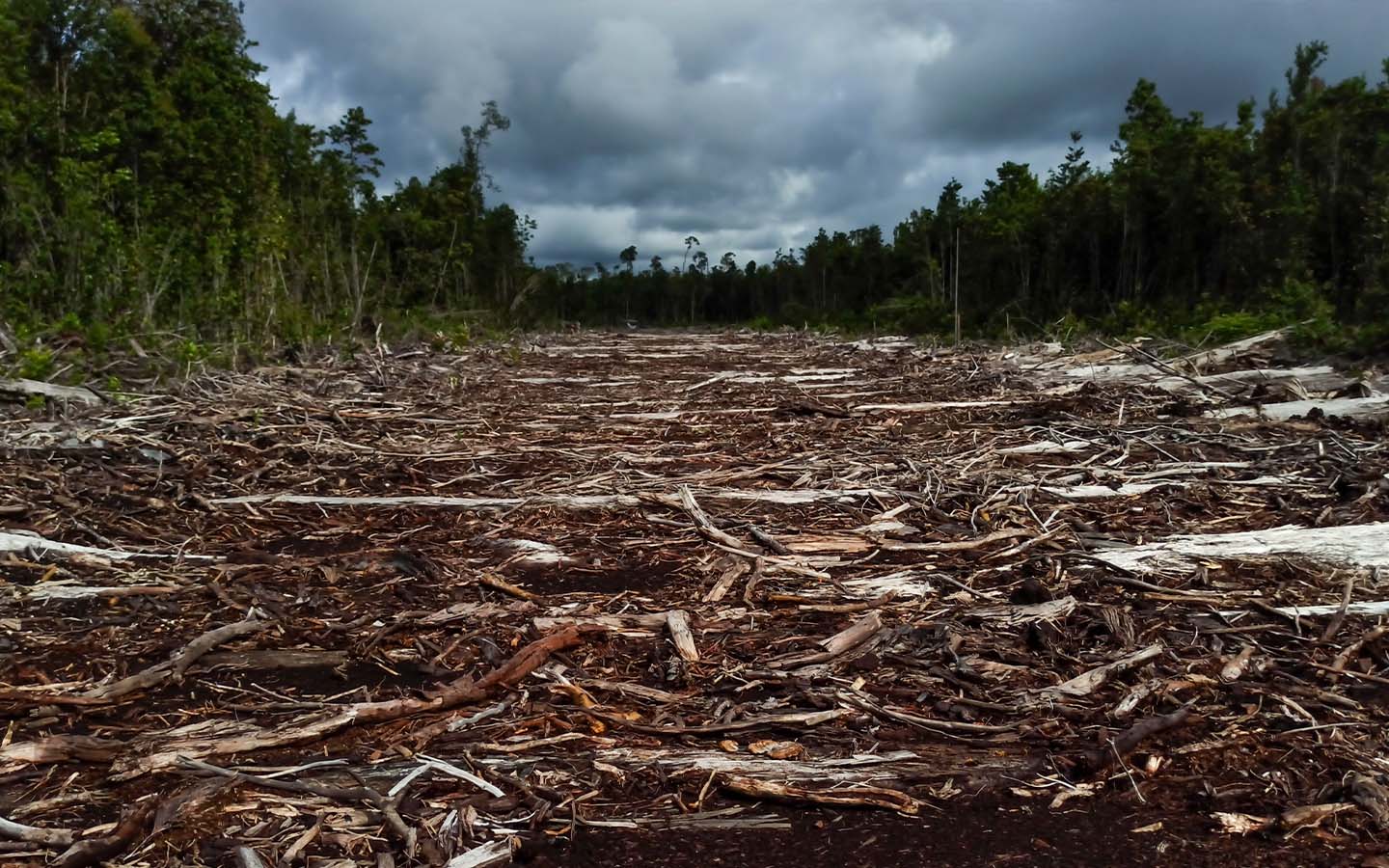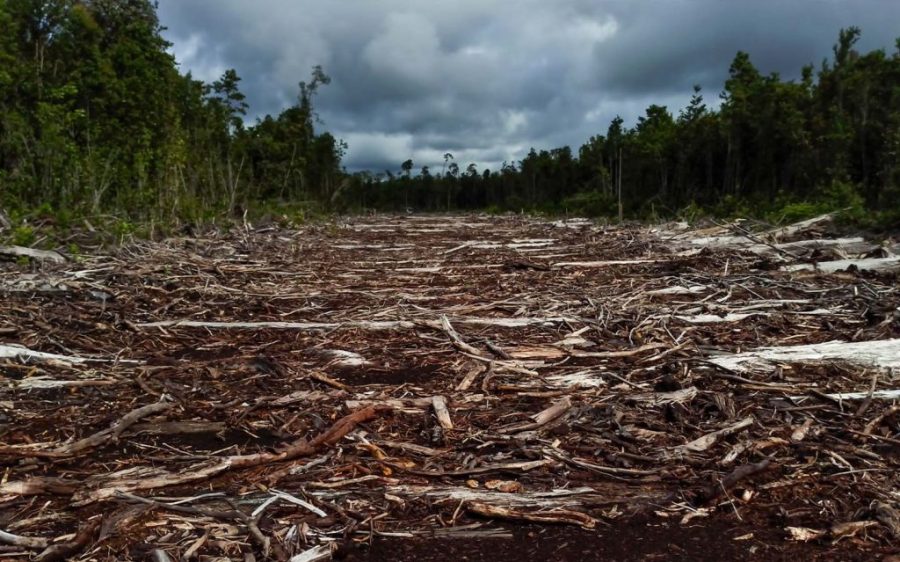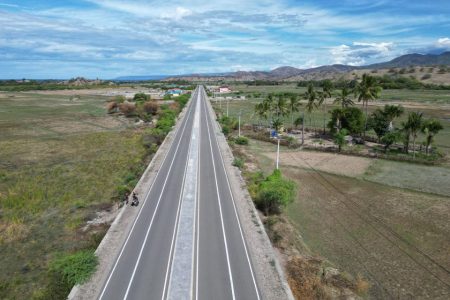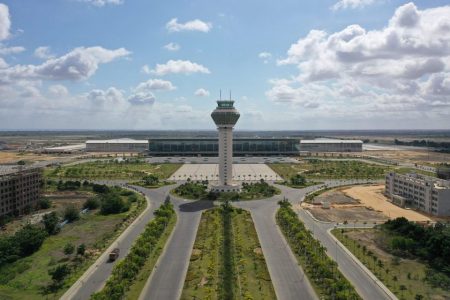Deforestation linked to Brazilian coffee threatens to undermine the entire industry as tree loss fuels droughts across coffee-producing regions, warns a new report from nonprofit watchdog Coffee Watch.
The 34-page report opens with a stark warning: “Coffee is killing the forest – and the rains. And in doing so, it’s killing itself.” Drawing on satellite and land-use data sets, Wake Up and Smell the Deforestation maps out the direct and indirect footprint of coffee production across Brazil’s major growing regions.
Direct deforestation – clearing land to grow coffee – erased at least 312,803 hectares of intact forest between 2001 and 2023, with a further 737,000 hectares of forest within existing coffee plantations also lost during the period. Most of the forest loss (77%) occurred in the Cerrado, a vast tropical savanna that plays a crucial role in supplying water to the Amazon River and several major river basins throughout South America.
The second-largest loss hit the Atlantic Forest, a critically endangered rainforest along the eastern coast of Brazil. Like the Cerrado, Mata Atlântica is a critical water source, with 60 percent of Brazilians relying on it for water.
Once spanning 1.2 million square kilometres, only 10 percent remains. “What replaced it?” the report asks. “Largely, coffee.”
[See more: Because of deforestation, the Amazon is losing its ability to generate vital rainfall]
The report found municipalities in Brazil’s Coffee Belt have lost 11 million hectares of forest since 2001. The figure, far exceeding the direct deforestation and internal degradation of coffee plantations, points to a disturbing pattern of forest loss “driven by displaced land uses, road building and rising land speculation.”
This widespread deforestation is already impacting Brazilian farmers, including coffee producers, mainly through soil degradation and drought. Rainfall in Minas Gerais, the top coffee-producing state, plummeted by as much as 50 percent in 2014. It wasn’t a fluke – eight of the 10 years since recorded rainfall deficits in major coffee zones. Producers are increasingly turning to costly irrigation to make up the difference. The land itself is also drying out. Satellite data captured declines of up to 25 percent over six years in top producing regions. Modelling shows that Brazil could lose up to two-thirds of suitable Arabica land by 2050.
Agroforestry offers a solution. The land use management system reduces deforestation by integrating trees with crop land, improves soil moisture stability and the practice would ensure continued access to Brazil’s largest single market, as looming EU deforestation-free regulations put at risk US$2.4 billion in annual Brazilian coffee exports.






